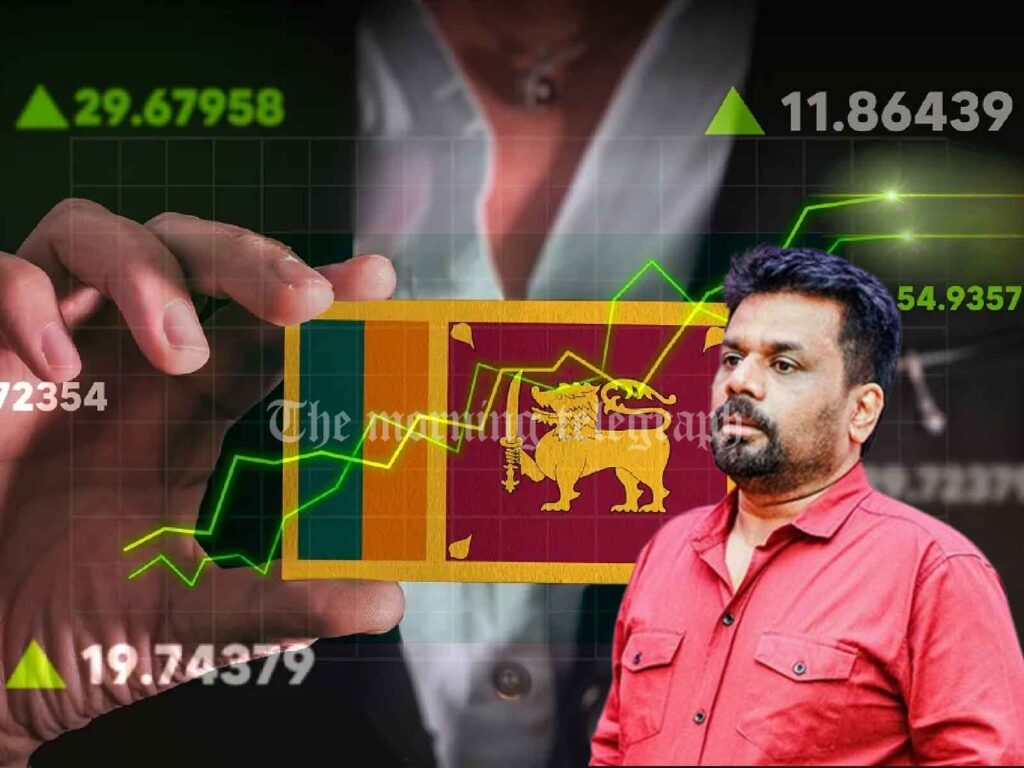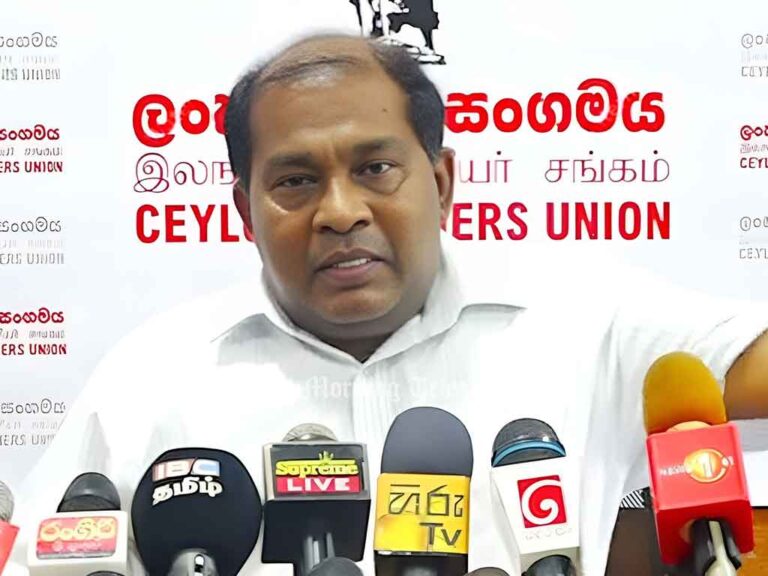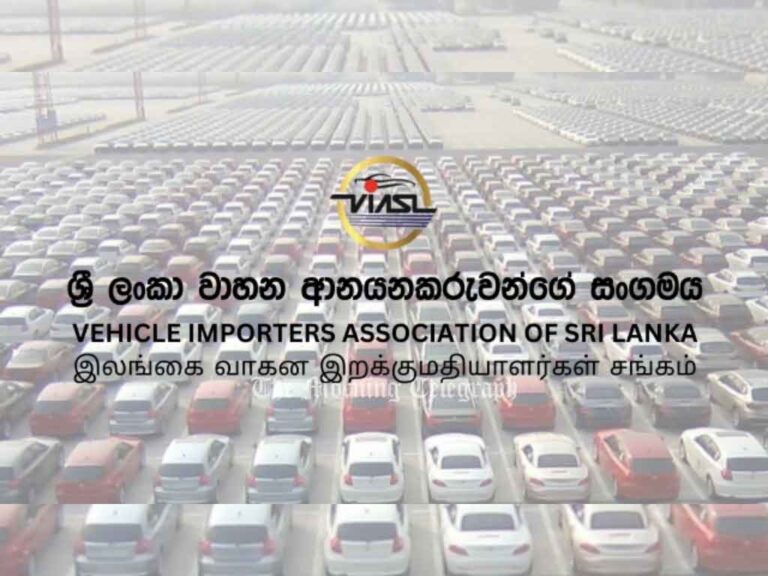
Anura Kumara Dissanayake’s journey as the President of Sri Lanka has been characterized by a blend of high expectations and significant challenges, given the country’s current economic, social, and political situation. As a long-time leader of the Janatha Vimukthi Peramuna (JVP) and now the face of the National People’s Power (NPP), Dissanayake entered office on a wave of public frustration with the traditional ruling families and established political systems. Many Sri Lankans saw him as a break from the past, a representative of transparency and a figure who could potentially navigate the country out of its prolonged economic and political crisis.
When he assumed office, Dissanayake inherited a nation in financial distress. Sri Lanka was already struggling with one of its worst economic crises since independence, marked by soaring inflation, a severe foreign exchange shortage, and an unsustainable debt burden. The country was forced to negotiate with the International Monetary Fund (IMF) to secure a bailout and stabilize its finances. Yet, even with some agreements in place, economic stability has remained fragile, and Dissanayake has faced the challenge of balancing IMF demands with the needs of ordinary citizens, many of whom are grappling with rising costs of living.
One of the critical elements of his leadership has been an emphasis on anti-corruption, a hallmark of his political career. The public’s trust in the government had eroded due to years of alleged corruption and inefficiency under previous administrations. Dissanayake’s administration vowed to make government spending transparent and to curb the misuse of public funds. However, despite these promises, he has faced criticism for what some see as insufficient progress, especially as the complexities of reform have clashed with the expectations of a population eager for rapid change.
Economically, Dissanayake’s administration has faced scrutiny over recent moves such as printing Rs 100 billion to address fiscal gaps. While this approach is viewed by some as necessary to provide immediate relief and prevent a cash-flow crisis, others argue it could lead to increased inflation and a devaluation of the rupee, exacerbating an already dire economic situation. Balancing the need for immediate fiscal relief with long-term economic stability has proven to be a formidable task, and the effectiveness of these policies remains to be seen.
In foreign policy, Dissanayake has continued diplomatic efforts to strengthen Sri Lanka’s relationships with both regional and global powers. However, this has required a careful balancing act, as Sri Lanka’s reliance on both China and India for financial support and development projects means the government must navigate these alliances without appearing overly dependent on any single partner. International observers have been watching closely, especially given Sri Lanka’s strategic location and the geopolitical interests at play in the region.
Politically, Dissanayake’s leadership style has aimed to be inclusive and reform-oriented, though he has faced resistance from entrenched political interests and bureaucratic inertia. His administration has also worked to introduce reforms in the public sector, promising to make it more efficient and accountable, though progress has been slow. His stance on controversial issues, like revisiting government contracts awarded under prior administrations, has sparked public debate, especially as he tackles allegations of corruption tied to these deals.
In sum, Anura Kumara Dissanayake’s journey so far reflects the complex reality of governing a nation in crisis. He has made significant strides in areas such as government transparency and public accountability, but the deeper issues of economic stabilization, inflation, and debt restructuring remain challenging. His administration’s decisions, particularly around economic policy, will likely define his legacy and the country’s future, as Sri Lankans look to him to deliver the change he promised amid an uncertain and challenging time.




